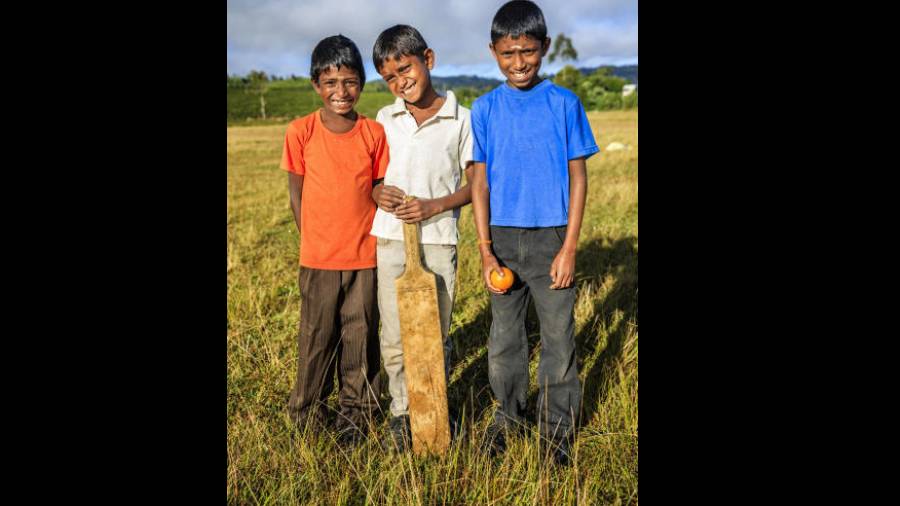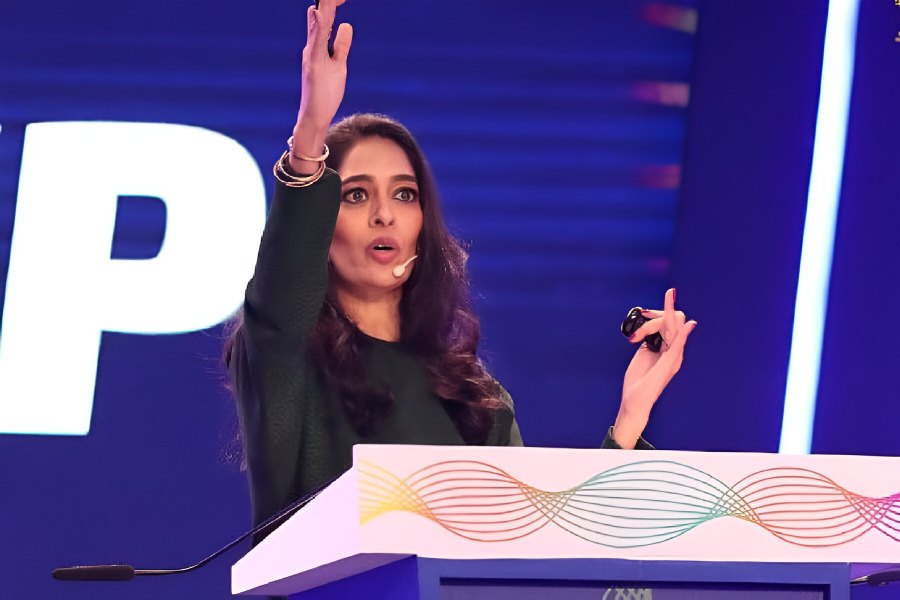AN ISLAND’S ELEVEN: A HISTORY OF CRICKET IN SRI LANKA By Nicholas Brookes, Viking, ₹999
While victory at the 1996 World Cup is perhaps the most important sporting achievement in Sri Lankan cricket, the history of the game in Sri Lanka goes back to the early nineteenth century, with the first reference to a club in 1832. Nicholas Brookes has produced an eminently readable account of this history. He takes in the whole of the history of the game, from its development by the British colonial powers through the landmarks of progress to success at the 1996 World Cup and at the 2014 ICC World Twenty20 held in Dhaka. He ends with a lucid assessment of present-day cricket on the Island, suggesting structural reasons for the decline of Sri Lanka’s sporting performances. He acknowledges the historical and political contexts of colonialism, of course, as well as the tragedies of the civil war although, at times, one might want to read more about the relationship between these events and the progress of the sport. He displays an obvious fondness for Sri Lankan cricket. And one finds oneself engrossed in his accounts of certain matches as well as in the atmosphere surrounding the Sri Lankan team — for instance, the whole team is shown to prepare for the final of the World Cup by bargaining for carpets, while the Australians are left to deal with the pressure of the event.
Brookes acknowledges the difficulties of retracing the history of a game in a country where it only achieved Test status in 1981. He writes eloquently about colonial cricket, when the British introduced the game but excluded the locals. From the outset, cricket in Sri Lanka was founded on clubs rather than on territories — when the Ceylon Cricket Association was formed in 1922, nine of the thirteen clubs, Brookes tells us, were Colombo-based. This has left its mark on Sri Lankan cricket, as has the fact that, as elsewhere on the subcontinent, English schools were a conduit for developing the game and for famous rivalries (Royal vs St Thomas schools).
Brookes tells us of the individuals who shaped cricket on the Island since the beginning, of the men that transformed the structure of cricket — such as M.K. Albert, the first working-class cricketer — of great figures such as Satha. He has spoken to some, and is keen to recount the exploits and the styles of many. He shows the prejudices which Sri Lankan players faced in the early days in Oxford or in Cambridge. He devotes a certain amount of space to Muttiah Muralitharan’s famously complicated dealings with umpires and with the International Cricket Council over his bowling action which could have destroyed his career. He underlines the strength of character that enabled Murali to become one of the great bowlers in the history of the game. There is respect shown for the leadership of Arjuna Ranatunga and for the skills of Aravinda de Silva too.
Brooks is also attentive to the next generation of sportsmen, such as Sanath Jayasuriya or Kumar Sangakkara. This book, brimming with anecdotes, deserves a place on the shelf next to the histories of cricket in Pakistan and in India.











